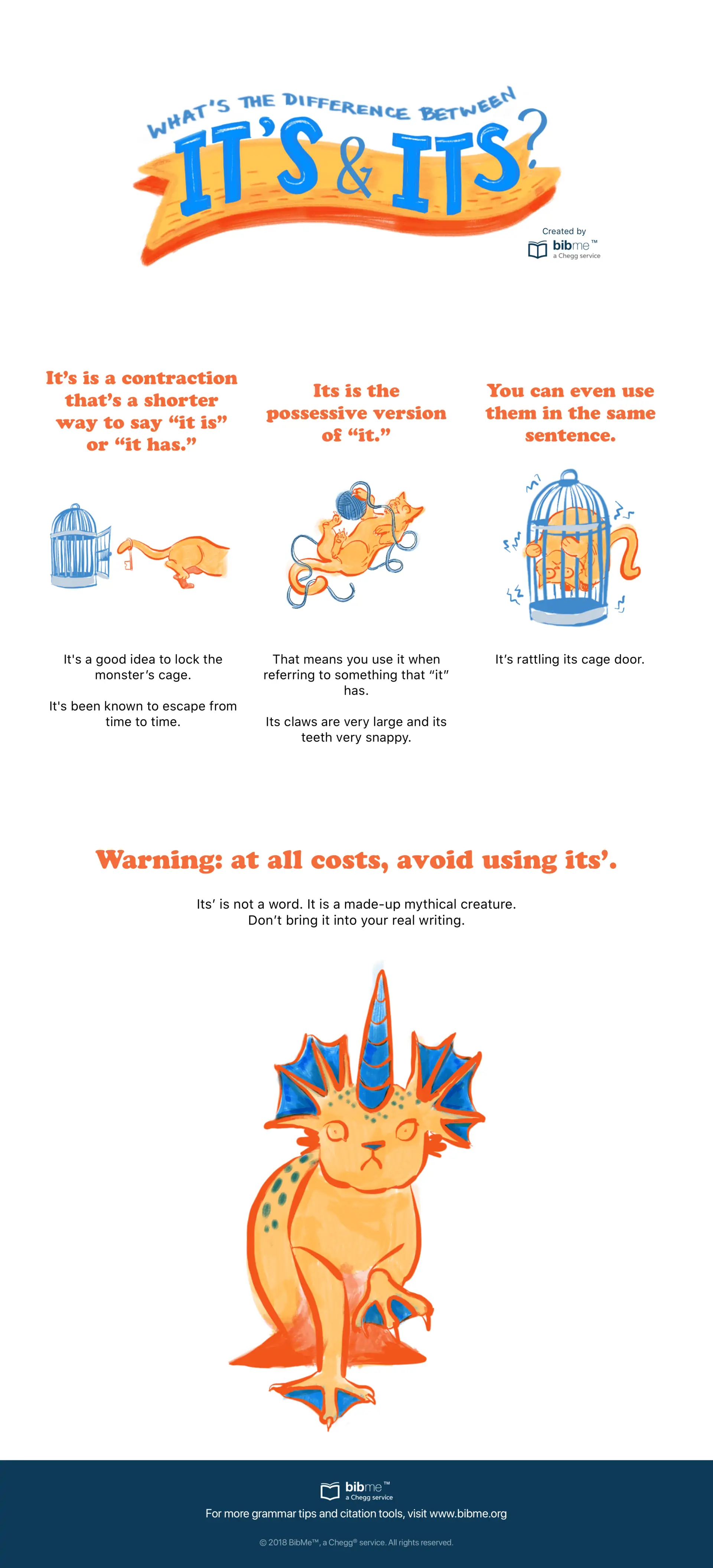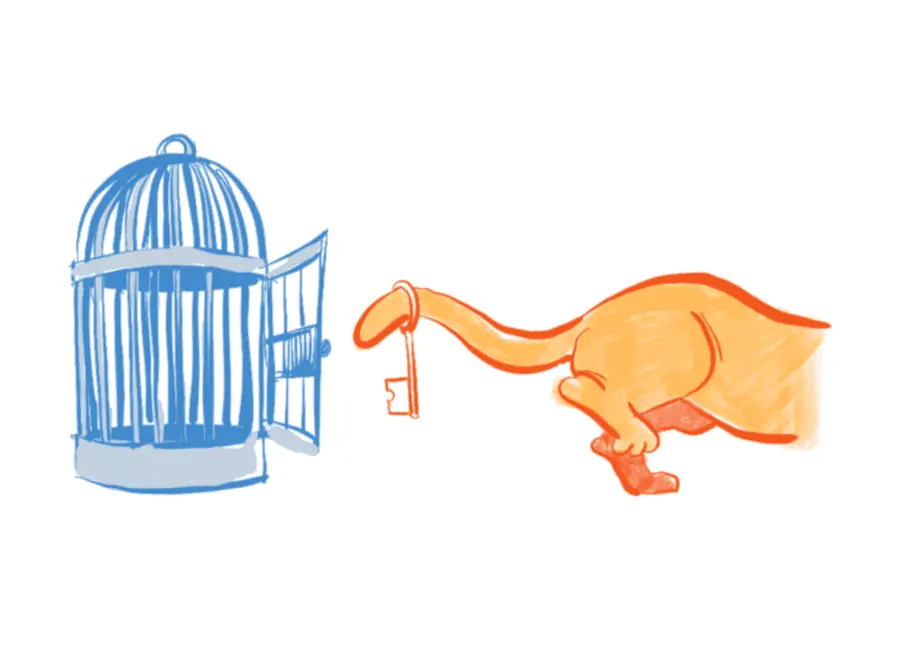The English language is a tough business. So much so, it’s unimaginable to have mastered all its intricacies. (See what I did there?)
Determining whether to use “it’s” or “its” is an essential building block of good writing, but it’s easy to let this little word topple your Jenga tower. Even the most seasoned writers are apt to forget an apostrophe every now and again. (That’s why even experienced writers can benefit from an online grammar check like the one right here on BibMe!)
Take the following text message exchange:
Ok, maybe things aren’t always this dramatic. But knowing the difference between a regular ol’ pronoun and a possessive pronoun is essential for understanding English grammar (and using it to express yourself in writing). Especially when it comes to that tiny, impossible-to-define, root of all description: it.
When do you use “it’s” and when, “its”? We hope this comic will help set the record straight.

Bonus: here’s a practical tip for making sure you’re using the right form of it’s: run the “it is” test
If you’re not sure whether to put in the apostrophe, see if your version of “its” works as two words: it is.
In these instances, “it is” can be replaced by it’s:
I’m not sure it’s going to work.
Lovely!
For the other version, take these sentences:
You wouldn’t say “the robot took it is sweet time,” now, would you? There you go: no apostrophe needed.
Not sure your paper is free of rogue apostrophes, reckless subject verb agreement, or other wilding grammar errors? Take our free grammar check for a spin!
Illustrations by Liv Bishop

